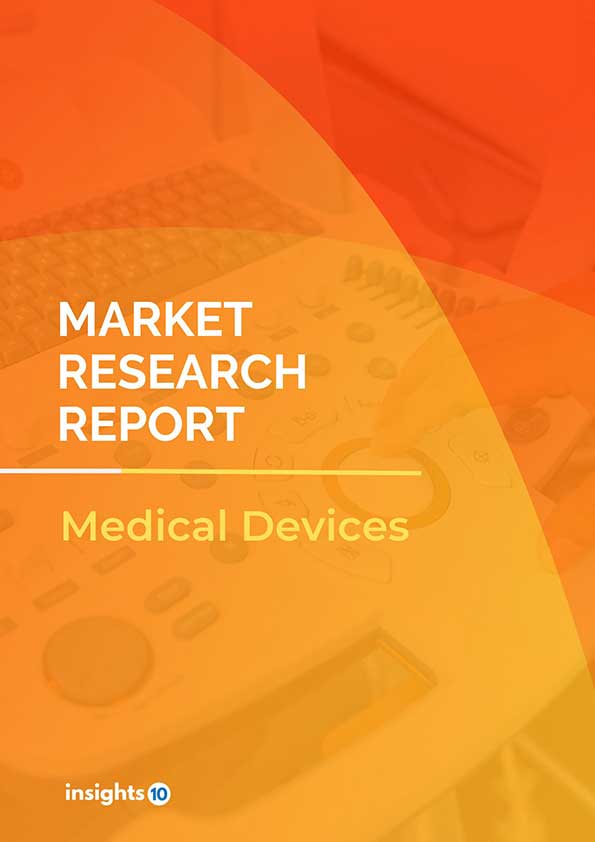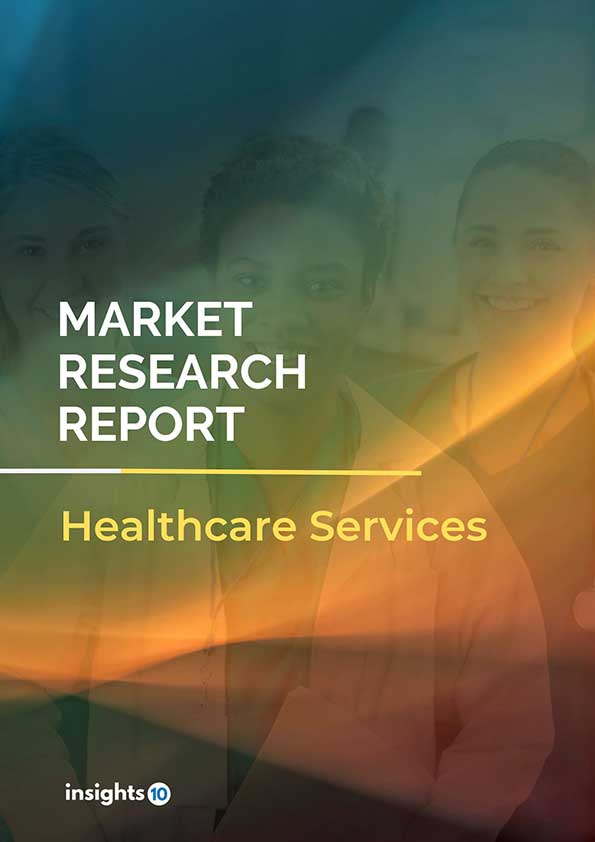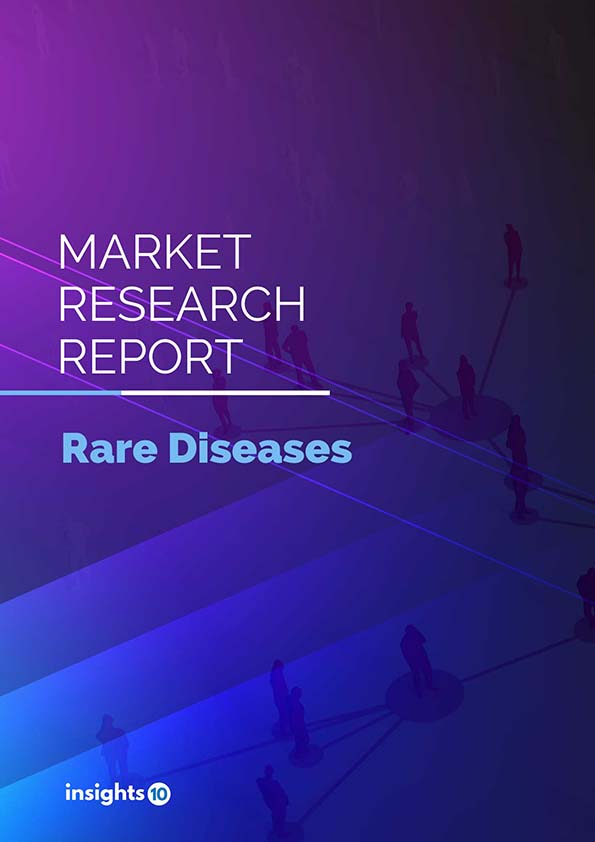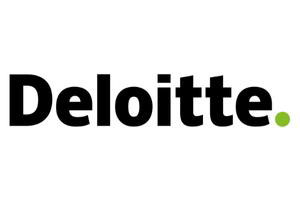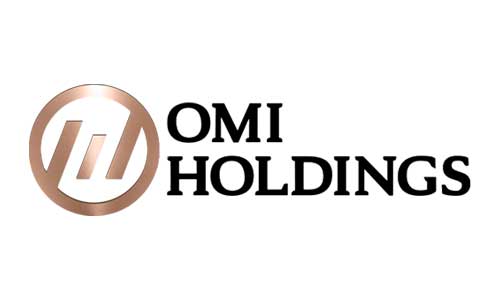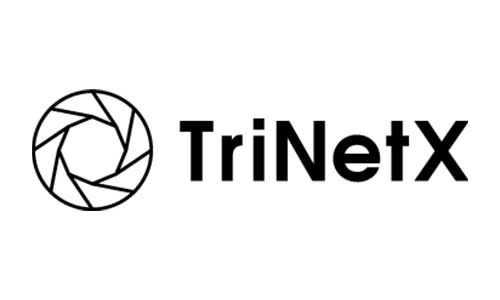Germany Dental Implant Market Analysis
Germany Dental Implant Market was valued at $182.60 Mn in 2023 and is predicted to grow at a CAGR of 8% from 2023 to 2030, to $313 Mn by 2030. The key drivers of this industry include growing demand for aesthetics, growing dental awareness, an aging population, and technological advancements. The industry is primarily dominated by Straumann Group, Dentsply Sirona, Zimmer Biomet Ltd, and Henry Schein Holdings Ltd among others.
Buy Now

Germany Dental Implant Market Executive Summary
Germany Dental Implant Market was valued at $182.60 Mn in 2023 and is predicted to grow at a CAGR of 8% from 2023 to 2030, to $313 Mn by 2030.
Dental implants are surgically placed artificial tooth roots that integrate with the jawbone over several months, providing a stable foundation for replacement teeth like crowns, bridges, or dentures. These implants offer solid support, eliminating issues like slipping or noise, and are not prone to decay like natural teeth. Ideal candidates are those with missing teeth, sufficient bone density, and healthy oral tissues, benefiting from improved speech and appearance. However, risks include infection, injury to nearby structures, nerve damage, and sinus problems. Thorough pre-surgical evaluations, including dental X-rays, 3D imaging, and comprehensive exams, are essential to ensure a successful outcome.
In Germany, peri-implant mucositis, affecting the soft tissues around dental implants, has a prevalence of approximately 43%. Peri-implantitis, a more severe condition involving both soft tissue inflammation and bone loss, has a prevalence of around 7.63% at the subject level and 7.66% at the implant level. The market therefore is driven by significant factors like growing demand for aesthetics, growing dental awareness, an aging population, and technological advancements. However, limited public dental coverage, high treatment costs, and uneven distribution of qualified dentists restrict the growth and potential of the market.
Prominent players in this field are Straumann Group, Dentsply Sirona, Zimmer Biomet Ltd, and Henry Schein Holdings Ltd among others.

Market Dynamics
Market Growth Drivers
Growing Demand for Aesthetics: In Germany, there is a growing emphasis on achieving a flawless smile, leading to a surge in demand for dental solutions that enhance appearance. Dental implants, known for their natural look and durability, are becoming increasingly popular as an effective solution for replacing missing teeth. This heightened focus on aesthetics and the benefits of implants are driving the rising demand for these advanced dental treatments.
Aging Population: Germany's aging population, with over 18.6 Mn people aged 65 and older as of 2022, faces increased susceptibility to tooth loss from conditions like gum disease. This demographic trend is expected to intensify, with projections indicating that by 2050, the population over 65 could reach nearly 24 Mn, comprising almost a third of the country. This demographic shift enlarges the potential patient base for dental implant procedures, driving growth in the dental implant market.
Technological Advancements: Ongoing advancements in dental implant technology, materials, and surgical techniques are enhancing success rates, predictability, and the overall patient experience. These improvements are contributing to a growing demand for dental implants as more patients seek out these effective and reliable solutions for missing teeth.
Growing Dental Awareness: Public health initiatives and media portrayals are raising awareness about oral health in Germany. This can lead to a higher interest in dental implants as a long-term solution for missing teeth.
Market Restraints
High Treatment Costs: Dental implant procedures can be expensive in Germany due to factors like the number of implants needed, implant materials, surgical expertise, and associated diagnostic procedures. This can limit accessibility for some patients without adequate insurance coverage.
Limited Public Coverage for Implants: Public health insurance plans in Germany typically offer limited coverage for dental implants. Coverage might be restricted to medically necessary cases, such as severe jawbone atrophy or facial reconstruction following accidents. Even in covered cases, patients might be responsible for significant out-of-pocket expenses.
Uneven Distribution of Qualified Dentists: The availability of highly skilled and experienced dentists specializing in dental implant surgery might be concentrated in major cities. This can limit people in remote areas' access to these procedures.
Regulatory Landscape and Reimbursement Scenario
In Germany, the regulatory landscape for dental implants is overseen by the Federal Institute for Drugs and Medical Devices (BfArM), which ensures compliance with the European Medical Devices Regulation (MDR). Additionally, the German Medical Device Act (Medizinproduktegesetz - MpG) sets national regulations that complement the MDR, providing a comprehensive framework for the use of medical devices, including dental implants.
Regarding reimbursement, Statutory Health Insurance (SHI), covering a significant portion of the German population, typically offers limited coverage for dental implants, focusing on medically necessary cases. The specifics of coverage can vary based on the insurance provider and the severity of the case, often requiring patients to make co-payments or cover a percentage of the costs. In contrast, Private Health Insurance (PHI) plans in Germany may offer more comprehensive coverage, including non-essential procedures. These plans generally cover a portion of the costs associated with dental implants, with patients responsible for deductibles, co-pays, and potentially a percentage of the remaining expenses.
Competitive Landscape
Key Players
Here are some of the major key players in the Germany Dental Implant Market
- Straumann Group
- Dentsply Sirona
- Zimmer Biomet Limited
- Henry Schein Holdings Limited
- Thommen Medical AG
- Bio Horizons Ltd
- Nobel Bio care
- Osstem Implant
- Astra Tech Dental
- Megagen Implant
1. Executive Summary
1.1 Device Overview
1.2 Global Scenario
1.3 Country Overview
1.4 Healthcare Scenario in Country
1.5 Regulatory Landscape for Medical Device
1.6 Health Insurance Coverage in Country
1.7 Type of Medical Device
1.8 Recent Developments in the Country
2. Market Size and Forecasting
2.1 Market Size (With Excel and Methodology)
2.2 Market Segmentation (Check all Segments in Segmentation Section)
3. Market Dynamics
3.1 Market Drivers
3.2 Market Restraints
4. Competitive Landscape
4.1 Major Market Share
4.2 Key Company Profile (Check all Companies in the Summary Section)
4.2.1 Company
4.2.1.1 Overview
4.2.1.2 Product Applications and Services
4.2.1.3 Recent Developments
4.2.1.4 Partnerships Ecosystem
4.2.1.5 Financials (Based on Availability)
5. Reimbursement Scenario
5.1 Reimbursement Regulation
5.2 Reimbursement Process for Diagnosis
5.3 Reimbursement Process for Treatment
6. Methodology and Scope
Germany Dental Implant Market Segmentation
Product Type
- Endosteal Implants
- Subperiosteal Implants
- Transosteal Implants
Material Type
- Titanium
- Zirconium
- Ceramic
- Others
Procedure
- Root-Form Dental Implants
- Plate-Form Dental Implants
Price
- Premium Implants
- Value Implants
- Discounted Implants
Design
- Tapered Implants
- Parallel Walled Implants
End User
- Dental Hospitals
- Dental Clinics
- Dental Academics and Research Institutes
- Dental Laboratory
Methodology for Database Creation
Our database offers a comprehensive list of healthcare centers, meticulously curated to provide detailed information on a wide range of specialties and services. It includes top-tier hospitals, clinics, and diagnostic facilities across 30 countries and 24 specialties, ensuring users can find the healthcare services they need.
Additionally, we provide a comprehensive list of Key Opinion Leaders (KOLs) based on your requirements. Our curated list captures various crucial aspects of the KOLs, offering more than just general information. Whether you're looking to boost brand awareness, drive engagement, or launch a new product, our extensive list of KOLs ensures you have the right experts by your side. Covering 30 countries and 36 specialties, our database guarantees access to the best KOLs in the healthcare industry, supporting strategic decisions and enhancing your initiatives.
How Do We Get It?
Our database is created and maintained through a combination of secondary and primary research methodologies.
1. Secondary Research
With many years of experience in the healthcare field, we have our own rich proprietary data from various past projects. This historical data serves as the foundation for our database. Our continuous process of gathering data involves:
- Analyzing historical proprietary data collected from multiple projects.
- Regularly updating our existing data sets with new findings and trends.
- Ensuring data consistency and accuracy through rigorous validation processes.
With extensive experience in the field, we have developed a proprietary GenAI-based technology that is uniquely tailored to our organization. This advanced technology enables us to scan a wide array of relevant information sources across the internet. Our data-gathering process includes:
- Searching through academic conferences, published research, citations, and social media platforms
- Collecting and compiling diverse data to build a comprehensive and detailed database
- Continuously updating our database with new information to ensure its relevance and accuracy
2. Primary Research
To complement and validate our secondary data, we engage in primary research through local tie-ups and partnerships. This process involves:
- Collaborating with local healthcare providers, hospitals, and clinics to gather real-time data.
- Conducting surveys, interviews, and field studies to collect fresh data directly from the source.
- Continuously refreshing our database to ensure that the information remains current and reliable.
- Validating secondary data through cross-referencing with primary data to ensure accuracy and relevance.
Combining Secondary and Primary Research
By integrating both secondary and primary research methodologies, we ensure that our database is comprehensive, accurate, and up-to-date. The combined process involves:
- Merging historical data from secondary research with real-time data from primary research.
- Conducting thorough data validation and cleansing to remove inconsistencies and errors.
- Organizing data into a structured format that is easily accessible and usable for various applications.
- Continuously monitoring and updating the database to reflect the latest developments and trends in the healthcare field.
Through this meticulous process, we create a final database tailored to each region and domain within the healthcare industry. This approach ensures that our clients receive reliable and relevant data, empowering them to make informed decisions and drive innovation in their respective fields.
To request a free sample copy of this report, please complete the form below.
We value your inquiry and offer free customization with every report to fulfil your exact research needs.
